What Is Fiber? Why Fiber Matters and How to Get More of It
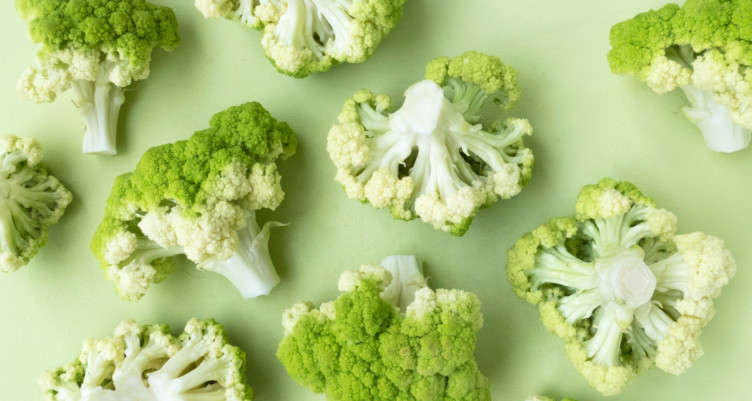
- We all know fiber is important, but what is it really, and how do you get enough of it?
- Both soluble and insoluble fiber have important health benefits, from boosting your gut microbiome to helping you feel full.
- Read on for lists of foods that include these different types of fiber, plus lesser-known types of fiber you’ll want to add to your diet.
You’ve likely heard that high-fiber foods are for you. But what is fiber? It’s the poster child for whole grains, and the sole reason cereals that look and taste like cardboard stay on grocery shelves. We’ve been told that fiber will make you more regular, lower your cholesterol, stabilize blood sugar and even help you live longer. But how does it work — and how do you know you’re getting enough of it?
Why is fiber important?
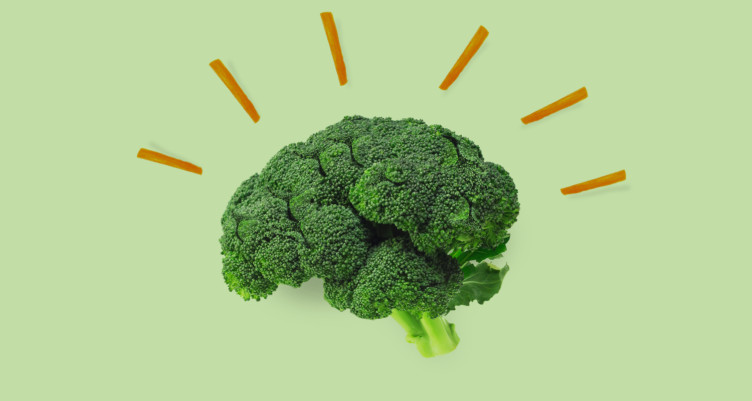
Fiber is a type of carbohydrate, but unlike sugars and starches, your body can’t break fiber down. Human digestive enzymes don’t work on it.
Where most carbs degrade into simple sugars in your stomach or small intestine, fiber makes it through to your large intestine undigested. What it does for you at that point depends on the type of fiber you eat. Broadly speaking, fiber helps to maintain bowel health, blood sugar levels, keeps you full and supports beneficial gut bacteria. That’s a big deal because gut health plays a role in everything from your mood to your immune system.
Soluble and insoluble fiber are common health buzzwords, though you may not know the difference. Conventional wisdom (and marketing) says that soluble fiber is the one that boosts your performance and that you should get plenty of it every day. The reality is a bit more complicated.
Both soluble and insoluble fiber offer benefits, and you really want both in your diet. There are also some more unusual types of fiber that offer big benefits to your health (and gut!). Read on for the details.
Different types of fiber
Soluble fiber
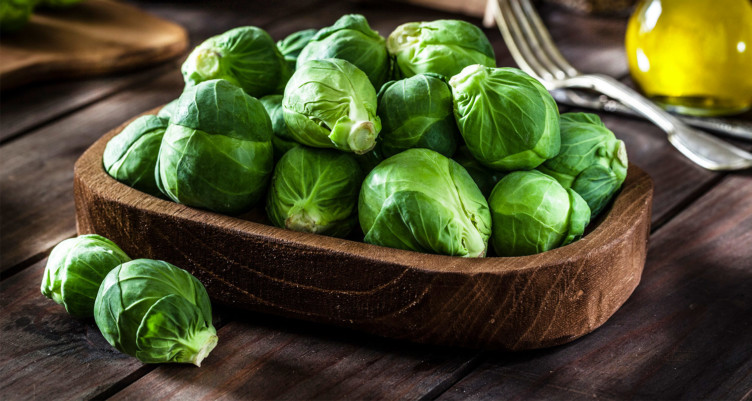
Soluble fiber gets its name because it dissolves in water. It turns into a gel-like substance in your gut, slowing stomach emptying so that vitamins and minerals spend longer in your system and absorb better.[1] That’s one reason you want soluble fiber with nutrient-dense meals — it helps you get more out of your food.
Soluble fiber also keeps your blood sugar and insulin from spiking after you eat.[2] That means soluble fiber is especially useful on carb refeed days. It also keeps you full for longer, possibly by modulating your hunger hormone, ghrelin.[3]
Soluble fiber, cholesterol and inflammation
One of the main reasons doctors push soluble fiber is its effect on cholesterol. Soluble fiber binds to cholesterol and keeps it from circulating through your blood, lowering your levels.
Cholesterol is essential to your absorption of fat-soluble vitamins. It’s the building block for every single sex hormone you produce (think testosterone and estrogen). It’s not a problem in and of itself; the bigger issue is inflammation oxidizing your cholesterol. That’s why one of the foundations for better health is managing inflammation in your diet and lifestyle. One place to start: follow an anti-inflammatory diet.
Best sources of soluble fiber:[4]
- Brussels sprouts
- Avocados
- Beans
- Broccoli
- Turnips
- Figs
- Pears, nectarines, apricots
- Oats and barley
- Carrots
- Sweet potatoes
Insoluble fiber
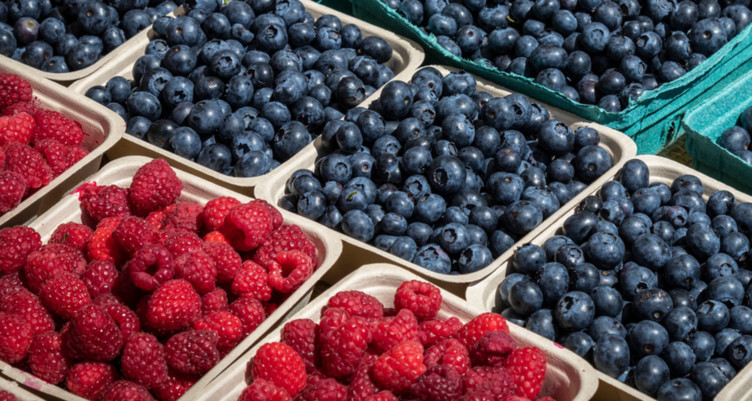
Insoluble fiber is even more anti-inflammatory than soluble fiber, and it curbs ghrelin, the hormone that makes you hungry, for several hours post-meal. As a result, you tend to eat less when you get plenty of insoluble fiber.
Insoluble fiber may also increase your fat-burning directly. A long-term animal study compared two diets over the course of 45 weeks.[5] The diets mimicked a standard Western diet — high refined sugar paired with lots of low-quality fat — except one group’s diet had soluble fiber in it, and the other’s had insoluble fiber.
The mice who ate soluble fiber had improved gut bacteria, but they were also obese and pre-diabetic by the end of the year. The mice who ate insoluble fiber barely gained weight and showed far better fat metabolism.
What does that mean for you? Insoluble fiber may help you stay lean and decrease inflammatory stress on your body.
Best sources of insoluble fiber:[6]
- Amaranth
- Blackberries
- Unpeeled apples
- Collard greens
- Green beans
- Celery
- Leeks and spring onions
- Cabbage
- Cauliflower
- Nuts
Prebiotic fiber and resistant starch
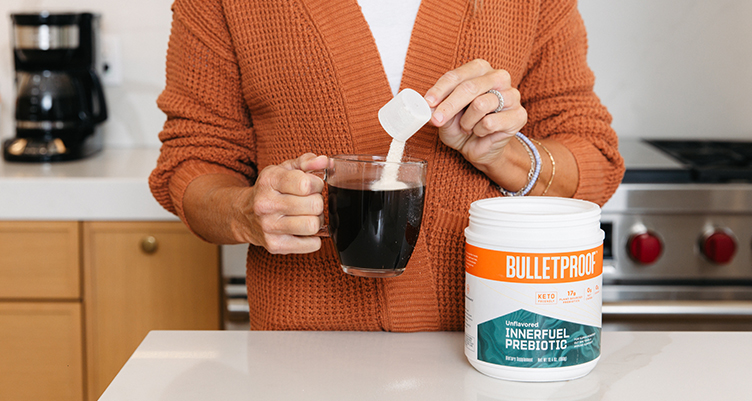
Prebiotic fibers and resistant starches are a little more unusual. They can be soluble or insoluble, but what sets them apart is that they can be fermented by your gut bacteria as food instead of just passing through.[7]
Prebiotic fiber and resistant starch feed beneficial gut bacteria, giving them the fuel to colonize your GI tract.[8] Your good gut bacteria ferment the fiber, breaking it down into short-chain fatty acids that help maintain the integrity of your gut lining.[9]
Resistant starch works well for some people and causes bloating for others. Start small and work your way up.
Some of the best ways to get resistant starch:[10]
- Raw green bananas
- Raw plantain flour
- Raw potato starch
Prebiotic fiber supports weight management by nourishing beneficial gut bacteria.[11][12] Prebiotics tend to be in less-common foods, so you may have to get a little creative with your cooking to incorporate it — or take a prebiotic supplement (we listed Bulletproof picks below).
You can find prebiotic fiber in:[13]
- Raw dandelion greens
- Raw garlic
- Leeks
- Raw jicama
- Jerusalem artichoke
- Chicory root (one of the ingredients in Collagen Protein Bars)
- InnerFuel Prebiotic
- Collagen Protein Gut Health
Glucomannan
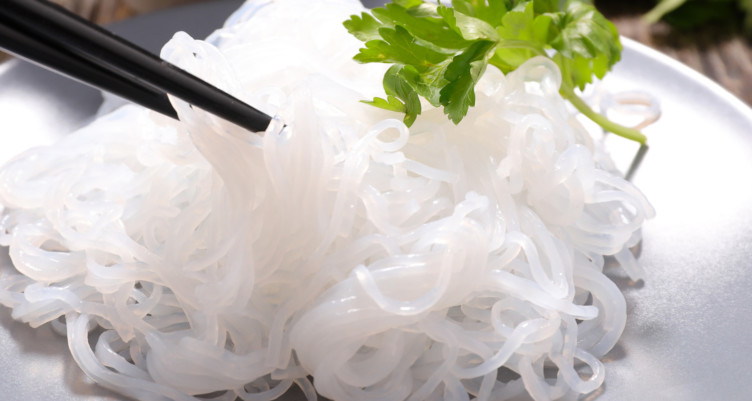
Glucomannan also deserves an honorable mention. It’s a type of soluble fiber derived from the root of the konjac plant.[14]
What sets glucomannan apart is that it’s far more viscous than any other fiber. Glucomannan gels in your gut, slowing GI emptying long enough to dramatically increase nutrient absorption. It curbs hunger hormones and ferments as a prebiotic to promote good gut bacteria.[15] [16] Research shows it also supports weight management, possibly by promoting satiety — when you feel full and satisfied after a meal.[17][18]
Plus, glucomannan makes a tasty carb-free substitute for noodles. It’s been a staple of Japanese cuisine for years in the form of shirataki noodles. These noodles absorb the flavor of whatever you cook them with, which makes them perfect for a high-fat sauce, or just with butter and salt. Get cooking inspiration with these shirataki recipes.
How to get more fiber in your diet
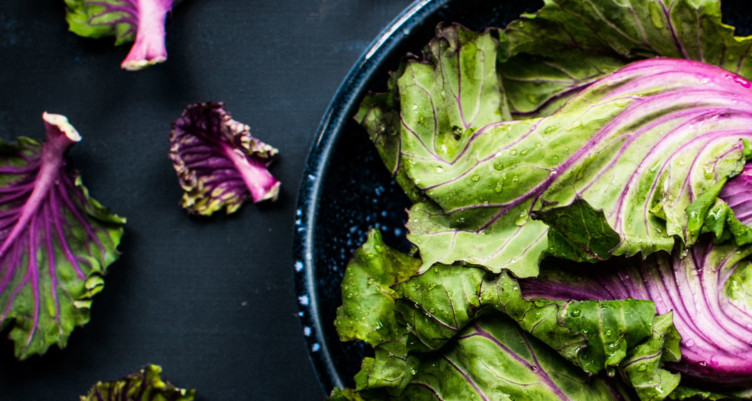
Getting enough fiber comes down to taking your parents’ advice: eat your vegetables. Whole grains also have fiber, but grains don’t work for everyone. Stock up on dark leafy greens and raw nuts, and maybe experiment with some raw plantains or shirataki noodles. Your gut bacteria will thank you for it.
Fiber matters regardless of your diet — whether you’re keto, paleo or just trying to live a healthier lifestyle. We’ll list a few high-fiber picks for fruits and vegetables below. One note: Plenty of high-fiber foods are also high-carb, which isn’t great if you’re trying to stay in ketosis.
If that’s the case, learn about how to calculate net carbs and consider adding keto-friendly supplements to your routine like InnerFuel Prebiotic.
High-fiber fruits and vegetables
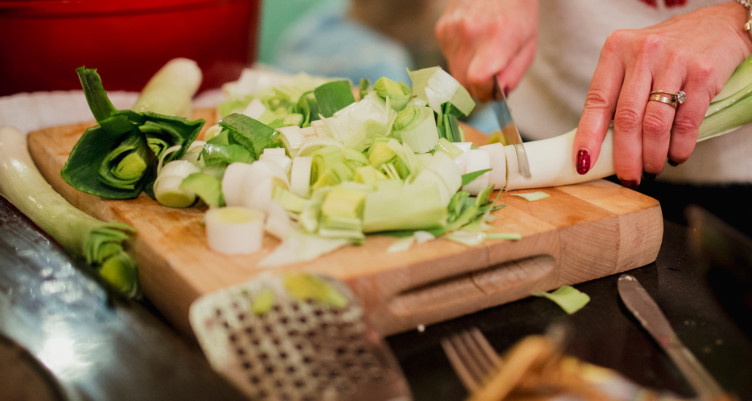
Of course, the best way to meet your dietary needs is with whole foods, so look to high-fiber vegetables and fruit to nurture your body. Here are just a few places to get started boosting your daily fiber intake:[19]
Fruits:
- Berries
- Pears
- Apples
- Bananas
- Oranges
- Avocados
Vegetables:
- Green peas
- Broccoli
- Turnip greens
- Brussels sprouts
- Potatoes
- Cauliflower
- Carrots
For more details on the most healthful foods to add to your diet, check out the Bulletproof Diet Roadmap.
Unexpected sources of fiber
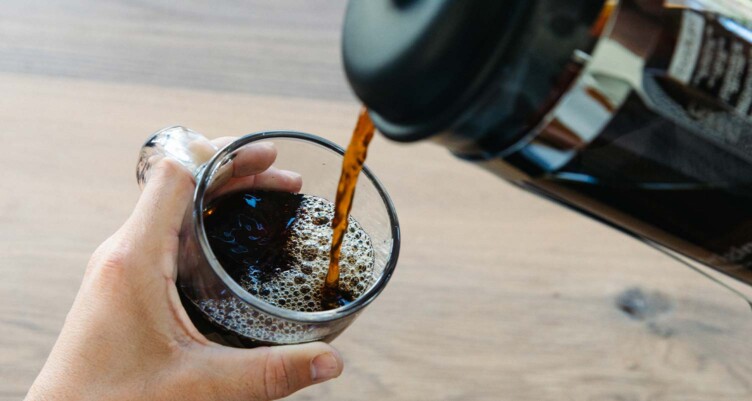
Yes, there are some fun ways to get your fiber.
Dark chocolate with a high cocoa content in the 75% to 85% range provides 11 g fiber.[20] Check out the nutrition label, too — you want to avoid tons of added sugar.
Also, did you ever think you’d hear coffee and fiber in the same sentence? Surprise! Your coffee contains fiber. In fact, brewed coffee contains up to .75 g of fiber per 100 mL — that’s far more than any other daily beverage.[21]
A couple other places that you can add daily fiber to your diet are with alternative flours and pastas, even if you aren’t gluten-free. Flours like almond flour, coconut flour and oat flour are packed with fiber. Two tablespoons of coconut flour contain about 5 grams of fiber — that’s about 20% of your recommended daily value.[22]
Gluten-free pastas made from rice and legumes are also rich sources of fiber and protein — although there’s room for experimentation here, as legumes don’t work for everyone. Keep reading to find out why.
Does fiber make you constipated?
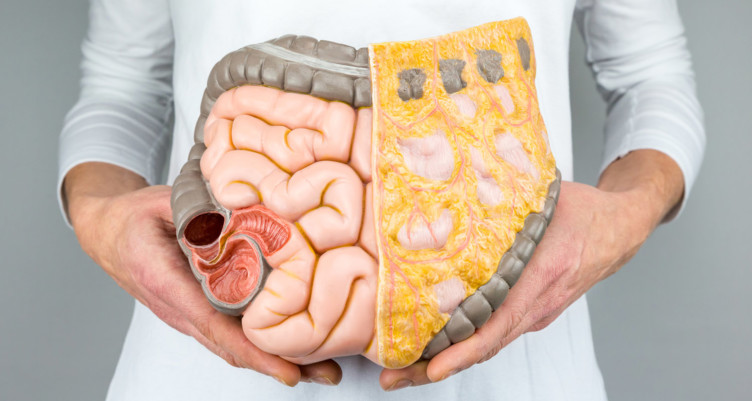
As in all things, moderation is key. If you begin to feel a bit constipated, you may have gone overboard on the fiber — generally, over 70 grams in one day.[23] Dial back on the fiber, drink water and check out this poop chart to learn more.
If you notice stomach upset after eating certain foods, talk to your doctor. Fiber is good for you, but some foods can cause not-so-good side effects in some people.
For example, one particular prebiotic fiber you may hear about is inulin, which belongs to the class of fructan fibers. You may see “inulin” or “fructan” as ingredients on a food label. Its chemical structure makes it indigestible, so it has no impact on calorie totals.[24]
While inulin works for a lot of people, fructans are considered oligosaccharides, making them a full-fledged member of the FODMAP group (fermentable oligo-, di-, mono-saccharides and polyols). These are short-chain carbohydrates that can’t be digested by your small intestine. For some people, FODMAP foods can cause digestive distress like bloating and gas.[25]
Foods that trigger FODMAP symptoms vary from person to person. If your stomach doesn’t agree with you after eating certain foods (even if they’re fiber-rich), talk to your doctor.
Read next: Signs Your Gut Is Unhealthy and Why You Should Fix It
Sign up for early access to sales, product launches, the latest Bulletproof news and more!
This is an updated version of an article originally published July 2019.



